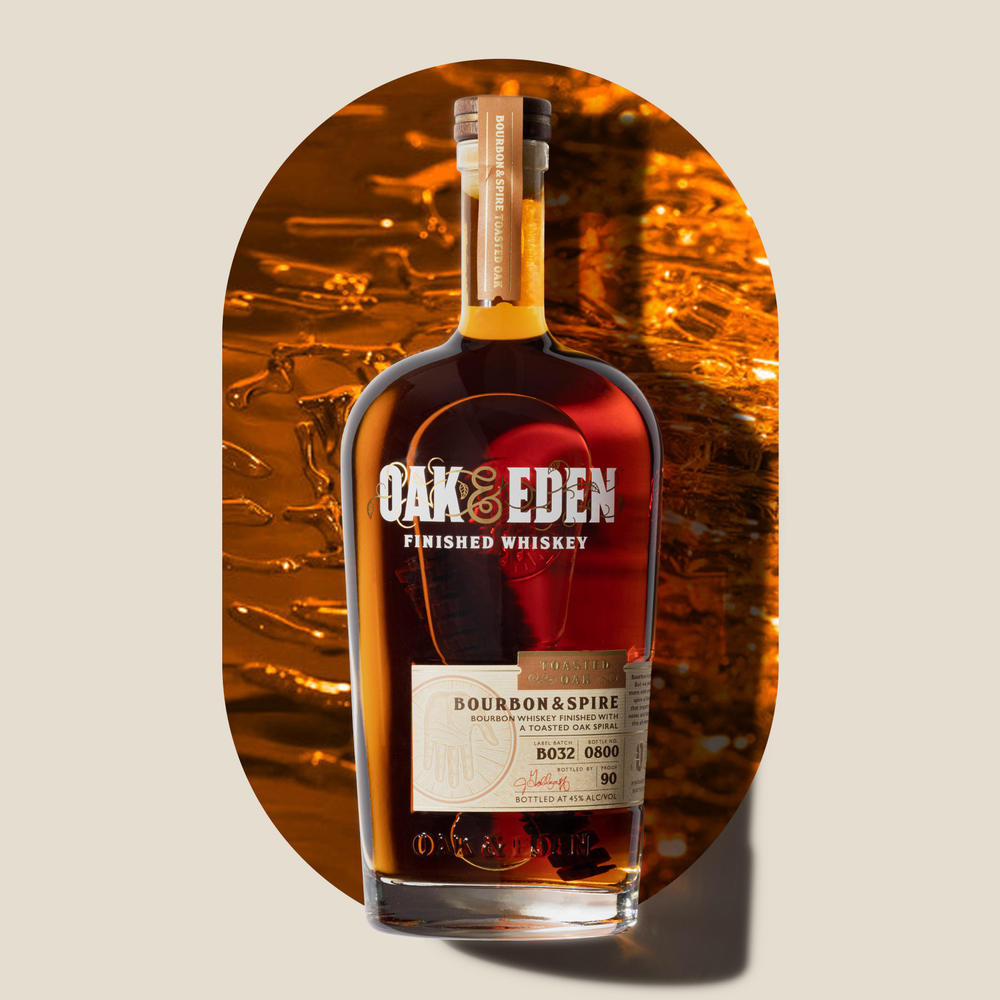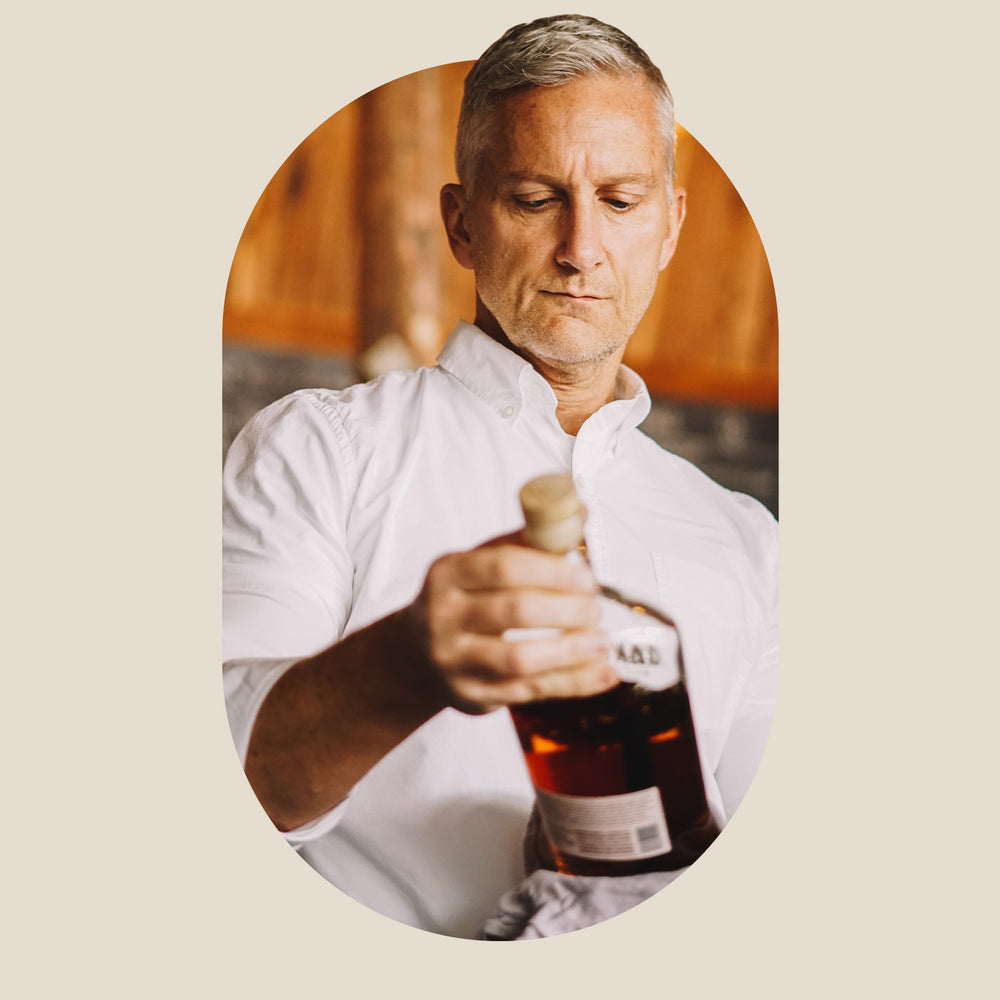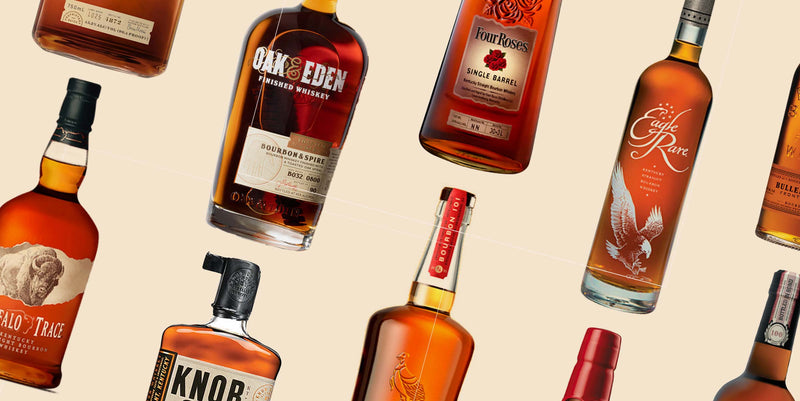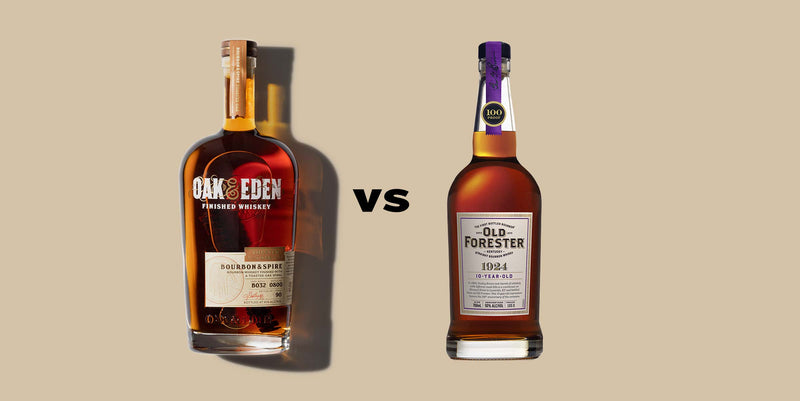There are many liquors out there lining the shelves of bars, restaurants, and home bars around the world. While there are dozens of liquors to choose from, these five that rule the roost: vodka, gin, tequila, rum, and whiskey.
Vodka and gin serve as the clear spirits, tequila can be clear to pale amber, rum can be clear to dark brown, and then (of course) there’s whiskey, which always carries a golden amber to dark woody brown color.
As you might be able to tell, dark rum and whiskey carry different flavors than the clear spirits. So, what really is the difference between rum and whiskey? Here is a guide to help you keep them straight.
What Is Rum?
Let's set sail for the Caribbean to learn about one of its most famous exports: rum. This spiced spirit has been used to fuel many a pirate adventure, and it's no wonder why.
Rum is the perfect drink for a hot summer day, and it can be enjoyed in a wide variety of cocktails. Still, what exactly is rum?
Rum is a distilled spirit made from sugarcane juice or molasses. It gets its distinct flavor from the addition of spices like vanilla, cinnamon, and nutmeg. The best rums are aged in oak barrels, which gives them a smooth and mellow flavor.
Rum is typically drunk neat or on the rocks, but it can also be used in cocktails like the Piña Colada or the Mojito. So, the next time you're in the mood for something sweet and tropical, reach for a bottle of rum and raise a glass to the good life.
How Is Rum Made?
Here is a closer look at the rum-making process:
Step One: Harvesting Sugarcane
Sugarcane is harvested for rum production by cutting down the sugarcane and transporting it to a processing facility. The Caribbean is a popular area for sugarcane and rum production because of its warm climate and rich soil.
Step Two: Extracting Juice From Sugarcane
Sugarcane is then chopped up and crushed in order to extract the juice. Sugarcane juice contains a high concentration of sugar, which is necessary for the fermentation process.
If the sugar is not extracted from the sugarcane, the fermentation process will not yield the desired results.
Step Three: Fermenting the Juice
The next step in the rum-making process is fermentation. In order for fermentation to occur, the sugarcane juice is placed in a tank where it is mixed with yeast. The yeast breaks down the sugars in the juice and turns them into alcohol over the course of several days.
The fermentation process is relatively simple and only requires a few ingredients. First, the sugar cane juice is mixed with water and yeast. The mixture is then left to sit for a period of time, during which the yeast will consume the sugar and produce alcohol. Once the fermentation process is complete, the resulting liquid is known as wash.
The wash is more alcoholic but not as alcoholic as rum or other hard liquors. To get that higher proof, the fermented sugarcane juices have to be distilled.
Step Four: Distilling the Juice
The distillation process is an essential part of making rum, and it yields some pretty amazing results. There are two main methods of distillation: using a pot still and using a column still. For rummaging, pot stills are most common.
Using a pot still distillation method, first, you pour the fermented sugarcane juice into the pot still, which is then heated to boiling. The alcohol vapors boil before the water, meaning the vapor is more alcoholic than the liquid with fewer of the mash’s impurities and other ingredients.
The vapors are then collected and condensed into liquid again, where the process can be repeated until the rum is as pure as the distiller wants.
Step Five: Aging
Not all rum is aged. Clear rum is not aged at all and can be bottled right after distillation. Some dark rums are also not aged but instead have added colors, caramel, and spices which can change the colors and flavors.
Still, many darker rums are, well, dark because they have been aged in wooden barrels. When a liquor of any type is aged in wood, as the wood expands and contracts it pulls in and pushes out the liquid, imparting some of its natural botanicals, flavors, and colors.
Over time, the spirit absorbs the unique flavors of the wood, giving it a smooth, mellow taste.
The length of time that rum is aged also plays a role in its flavor. For example, light rums are typically aged for around one year, while dark rums may be aged for up to three years or more.
What Is Whiskey?
Whiskey is a distilled alcoholic beverage made from fermented grain mash. The grains used can include barley, rye, wheat, and corn. Whiskey is typically aged in wooden barrels, which give it its distinctive color and flavor.
The word "whiskey" comes from the Gaelic phrase uisce beatha, which means "water of life." Whiskey has been around for centuries, and its popularity has only grown over time. Today, there are many different kinds of whiskey to choose from, each with its own unique flavor profile.
In the United States, the most popular types of whiskey are bourbon and rye. Bourbon whiskey must be made in the United States and contain at least 51% corn. Rye, on the other hand, must contain at least 51% rye to be considered rye whiskey.
There are other requirements as well, including aging restrictions and minimums.
How Is Whiskey Made?
Whiskey is made using a very similar process to rum. The basic steps of harvesting, fermenting, distilling, and aging are almost identical.
The main difference is in the fermentation process for whiskey. Instead of crushing and juicing, the grains are milled and mixed with hot water to create a porridge type of mixture for fermentation. This process is more effective at relieving the sugary starches in the cereal grains so that the yeast can convert them to alcohol.
Beyond that, the process is quite similar to run — even down to pot distillation and aging. Most whiskeys have stricter aging requirements that they must follow, but the basic principle remains constant.
What Are the Differences Between Rum and Whiskey?
In summary here is a brief overview of the differences between rum and whiskey:
- Main Ingredient: Rum is made from sugarcane, while whiskey is made from cereal grains including corn, wheat, rye, and barley.
- Aging: All whiskey must be aged, but not all rum must be aged.
- Color: Rum can be clear or dark. Meanwhile, whiskey is typically amber or brown.
- Flavor: Rum is typically sweet, while whiskey is typically smokey or peaty.
- Added Spices: While any rum can be spiced rum and contain added flavorings and spices, most whiskeys do not have flavor additives. In fact, many types of whiskey are prohibited from adding flavors.
So, there you have it! These are the basic differences between rum and whiskey.
What Are the Similarities Between Rum and Whiskey?
Even though rum and whiskey are made from different ingredients and have different flavor profiles, there are some similarities between the two.
Here is a closer look at a few of these similarities:
- Distilled: Both rum and whiskey are distilled spirits. This means that after fermentation, the liquids are purified and the alcohol content is amplified. This is as different from beer and wine, which are fermented but not distilled.
- Aged: While rum does not have to be aged, aged rum shares many similarities with whiskey. The aging process can be responsible for much of the flavor and color of a good rum or whiskey. The longer a liquor is aged, the darker it will be.
- Wood Flavors: Because both dark rum and whiskey are aged in wooden barrels, they can share similar flavor profiles. All sorts of woods are known for giving a caramel and vanilla type of flavor to liquors that are aged in them.
Rum vs. Whiskey: Takeaways
Whiskey is a distilled alcoholic beverage made from fermented grain mash. The most common grains used are barley, rye, wheat, and corn. Whiskey is typically aged in wooden barrels, which contributes to its flavor and color. The United States produces the most whiskey in the world, followed by Ireland and Scotland.
There are many different types of whiskey, each with its own unique flavor profile. The two most popular types of whiskey in the United States are bourbon and rye. Bourbon must be made in the United States and must contain at least 51% corn. Rye must contain at least 51% rye. Other requirements for both include aging restrictions and minimums.
The main difference between rum and whiskey is in the fermentation process. Rum is made from sugarcane, while whiskey is made from cereal grains including corn, wheat, rye, barley, and others.
Rum can be clear or dark, while whiskey is typically amber or brown in color. The flavor of rum is typically sweet, while the flavor of whiskey is smoky or peaty.
If you are a rum drinker, then whiskey might be more up your alley than you think. Give Oak & Eden whiskey a try, and you may find a whiskey you like better than rum.
You can also check out our Infused series for our rum-infused whiskey, the Rye and Rumba.
We've got whiskey that you’re bound to love… So, what are you waiting for?
Sources
What's the Difference Between Bourbon and Whiskey? | Food & Wine






